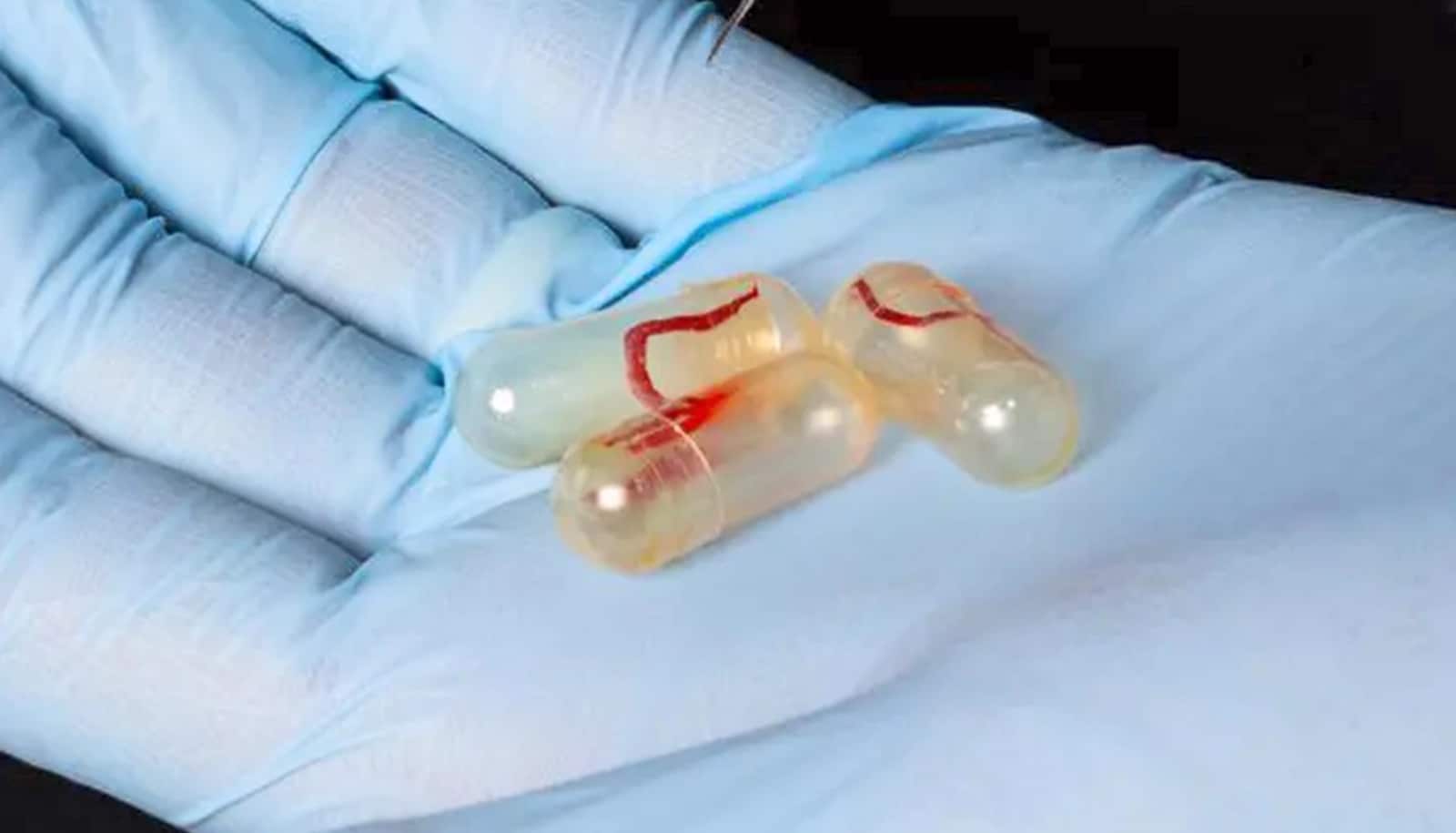Researchers have found a potential way of stalling or even reversing blindness related to diabetes.
In experiments with mice, scientists found a protein that triggers vision loss caused by diabetic retinopathy and retinal vein occlusion, two diseases characterized by the closure of blood vessels in the retina.
By suppressing levels in the eye of the protein called vascular endothelial growth factor, scientists were able to re-establish normal blood flow in the mice retinas.
“This work is particularly important because it helps explain why diabetic retinopathy and retinal vein occlusion continue to worsen across a patient’s lifetime if left untreated,” says Peter Campochiaro, professor of ophthalmology at Johns Hopkins University’s Wilmer Eye Institute.
As reported in the Journal of Clinical Investigation Insight, researchers found that increased VEGF levels attract white blood cells into the retina. Once there, they adhere to the walls of blood vessels, disrupting blood flow. Reducing VEGF or blocking it with an antibody caused the white blood cells to dissipate, opening the closed vessels and restoring blood flow to the area.
“We all believed that this disease caused the blood vessels to die off and was, therefore, irreversible.”
The inspiration for the study came from observations in clinical trials for ranibizumab, a drug designed to block VEGF in patients with diabetic retinopathy and retinal vein occlusion. After VEGF was suppressed, blood flow improved to parts of the retina that were previously blocked. Patients’ conditions also improved.
“We all believed that this disease caused the blood vessels to die off and was, therefore, irreversible,” Campochiaro says.
To investigate the unexpected observation, Campochiaro chose six genetically modified mice to overexpress VEGF when given a drug called doxycycline. After three days of VEGF overexpression, telltale clumps of white blood cells were collecting in the blood vessels of the mice retinas. The researchers then stopped overexpressing VEGF in the mice. Seventeen days later, the white blood cell clumps had broken up and blood flow had returned.
The researchers explored the cellular signals responsible for the vessel-plugging effects of VEGF and found that when white blood cells interacted with VEGF, they migrated into retina blood vessels. High levels of VEGF also activated a molecule called VCAM-1, which acts as an adhesive between many types of immune cells and blood vessels.
Researchers then repeated their previous experiment, but administered an antibody targeted to inhibit VCAM-1 while also increasing VEGF expression. When compared to the retinal vessels of mice not treated with the inhibitor, the VCAM-1 inhibitor-treated mice showed significantly fewer white blood cell clumps and better blood flow in the retinal blood vessels. This means that VEGF drives the early stages of diabetic retinopathy and retinal vein occlusion, as well as the late stages when vision decreases, Campochiaro says.
“It would be useful to block VEGF throughout all stages and not just late in the disease when patients are symptomatic,” Campochiaro says. “However, this is impractical with our current approaches, which require injection of anti-VEGF proteins into the eye every four to six weeks.”
Technology already in development may allow for sustained delivery of anti-VEGF drugs and gene therapy, which would make long-term treatment more feasible. Blocking VCAM-1 could benefit by further slowing vessel closure and progression of disease, he says.
Diabetic retinopathy is the leading cause of blindness in the United States, affecting approximately 5 million adults. Careful management of diabetes and frequent injections of an anti-VEGF agent are effective in reducing the progression to blindness in many patients, but each treatment carries the risk of adverse reactions or infection.
Retinal vein occlusion is the second most common retinal vascular disease after diabetic retinopathy.
Other researchers involved in this study are from Johns Hopkins and the Max Planck Institute of Molecular Biomedicine. Andrew and Yvette Marriott, the Max Planck Society, and the German Research Foundation program supported the research.
Source: Johns Hopkins University



